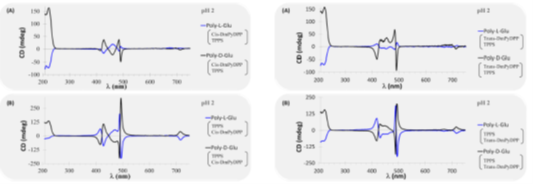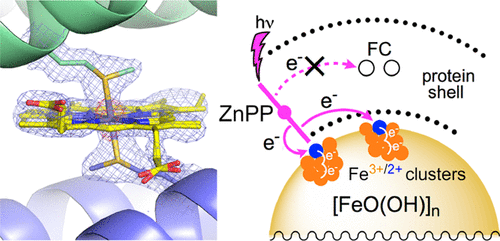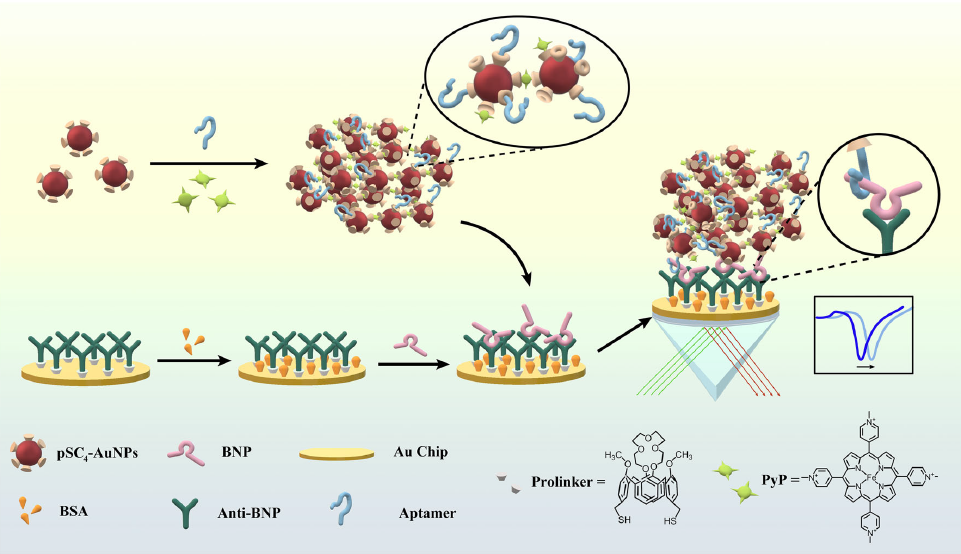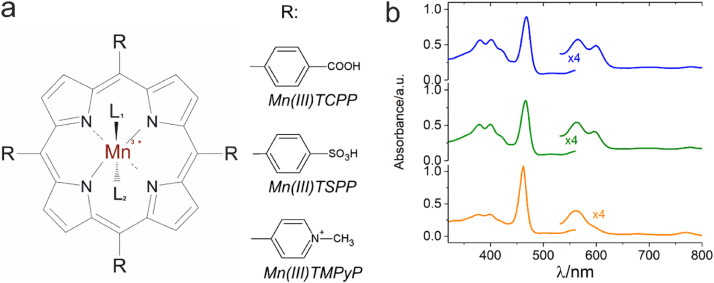The Influence of Effect of Polysaccharides and Polyvinylpyrrolidone on the Photocatalytic Activity of Chlorin e6 in Tryptophan Oxidation
A.B. Solov’eva et. al recently demonstrated in the Russian Journal of Physical Chemistry A that the addition of poly-N-vinylpyrrolidone (PVP) and the polysaccharides sodium alginate (SA) and hyaluronic acid (HA) to chlorin e6 (Ce6) increases the photosensitizing activity of Ce6 in the reaction of tryptophan oxidation. While PVP, HA, and SA do not exhibit intrinsic […]









